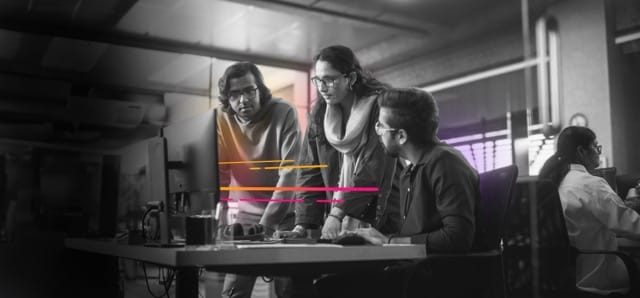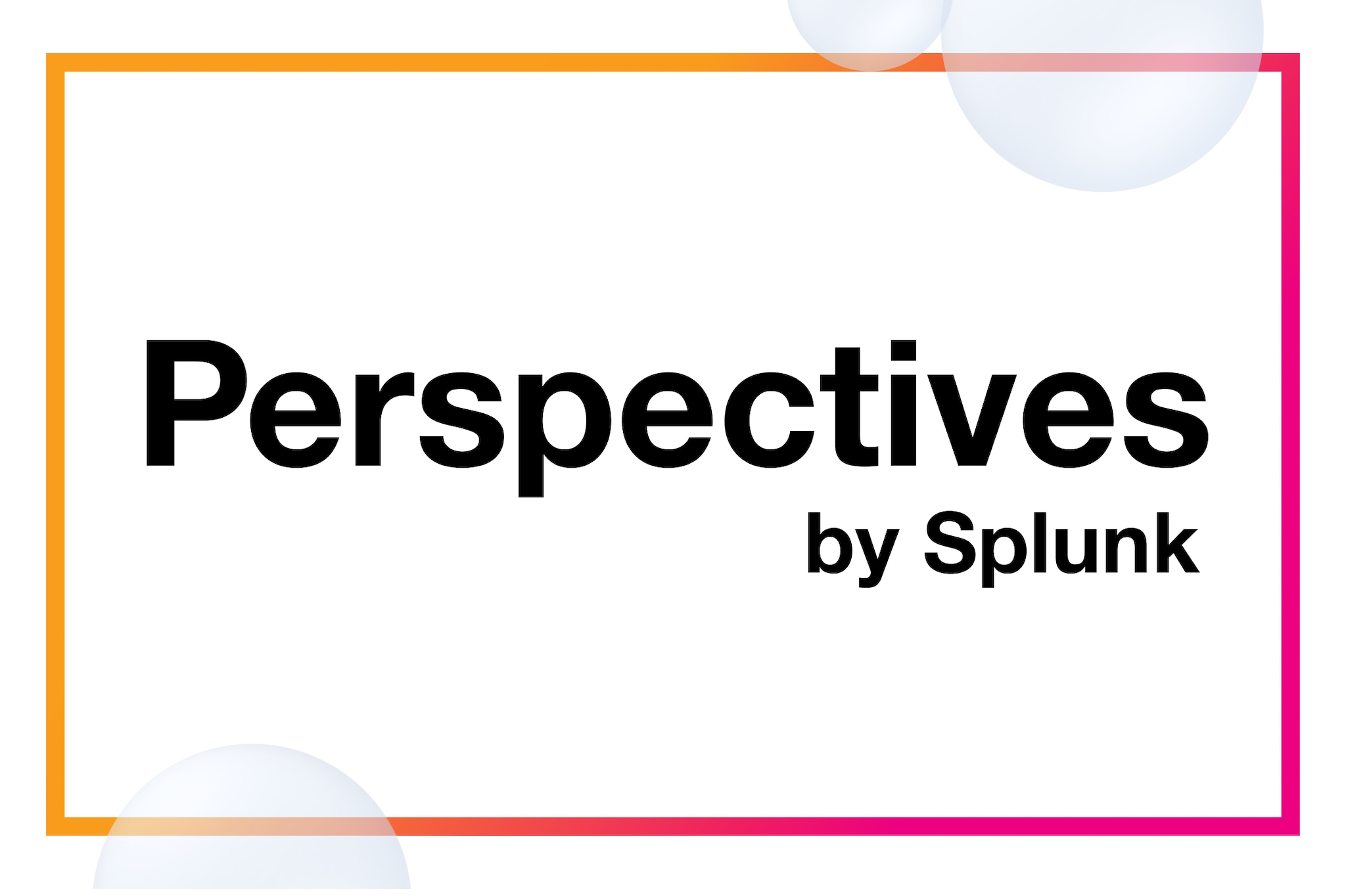Owning the Observability Stack to Drive the Mission

Observability is a fundamental practice in federal IT, ensuring the reliability of systems used daily by mission owners and citizens. But if you peek behind the curtains at most agencies, you’ll find the infrastructure teams holding the keys to the observability kingdom.
They manage vendor contracts, wrangle the platforms, and enforce governance. In a way, infrastructure organizations are landlords, ensuring the lights stay on and the plumbing works.
This arrangement may work most of the time, but cracks in the relationship can easily emerge when the organization accountable for outcomes doesn’t own the tools essential for providing said outcomes.
Friction occurs when custodianship meets consumption
Having to operate like an infrastructure tenant makes it much harder for observability teams to do their jobs, which is to meet the needs of product organizations, application owners, and mission delivery leads.
Observability must depend on the infrastructure landlord for tools and data to troubleshoot issues, track user journeys, and make snap decisions that affect the citizen experience. Agencies may end up with a patchwork of tools (sometimes ten or more related to observability alone), siloed data, and a maze of inconsistent standards. In fact, it’s not uncommon to see the same data being collected in three different places, or two teams debating whose dashboard reflects the most accurate picture or aligns better with the mission.
This organizational dysfunction causes a ripple effect on mission achievement.
Governance policies might look solid on paper, but they can often exclude business teams from the conversation and decision-making, creating confusion when clarity is needed.
This situation reaches beyond technology. When teams don’t share a unified view, troubleshooting stagnates, incidents take longer to resolve, and mission delivery slows down. Fragmentation across data, processes, and teams makes it harder to identify patterns, respond to threats, or implement improvements that last.

Resilience starts with strategy
The value of shifting to product-centric, domain-aligned ownership
So, what does it look like when agencies begin treating observability as a true cross-team practice? It means evolving from a “service provider” model, where infrastructure owns the entire stack and product teams consume from a menu of offerings handed to them, to an approach where ownership aligns by domain and each group has the ability to realize full value from observability.
This "new way of working" is nuanced, but impactful. For example, product delivery teams still need autonomy as they are closest to the mission, know what matters most to users, and understand where things tend to break. They want the freedom to explore tools or processes that can improve outcomes.
In my past experience working with multiple product delivery teams in a federal agency, I have seen the rapid pace of innovation when teams are empowered to be autonomous. In many instances, teams introduced new tools to enhance visibility into a specific aspect of their product. The key is to identify the use case the new tool implements, and then — based on incremental value — determine how to enable it within your current observability platform. Without that alignment step, autonomy alone leads to fragmentation. That’s why it’s critical to set shared standards, use open frameworks like OpenTelemetry, and define what “good” looks like across the board. This helps teams move fast without creating new silos.
Autonomy without technical alignment is just chaos in waiting. It is not a matter of if, but when.
Rather than "shared accountability," which can sometimes dilute responsibility, domain-aligned accountability provides clarity. Infrastructure teams focus on maintaining a robust and secure platform. Product teams concentrate on turning observability data into insights that improve outcomes. Each group has a clear lane, and together they form a coherent path forward.
Putting alignment principles into practice
Making domain-aligned ownership work is not limited to forming a new committee, center of excellence (CoE), or writing yet another strategy document. It’s about building habits, frameworks, and a culture that makes collaboration easier and more effective. Here’s how federal agencies can bring domain-aligned ownership to life.
Clear accountability and cross-functional support
Begin by bringing the right voices to the table, including technical leaders, product owners, and mission stakeholders. Cross-functional working groups that include infrastructure, security, and delivery teams help dismantle silos. Assign clear responsibilities to each group to reduce ambiguity and ensure measurable progress. An executive sponsor adds authority, resolves conflicts, and signals the importance of collaboration. With aligned goals and strong leadership, teams can shape observability together and drive greater impact across the agency.
Technology evangelism and broad enablement
Promoting observability across the agency requires informing, educating, and engaging teams. Host “office hours” to offer expert support and demos, and use “road shows” to share success stories and real-world examples. Bring in technology vendors to highlight best practices and drive adoption of existing tools. Embedding architects with product teams for short stints can accelerate hands-on learning. Keep teams informed with newsletters, short videos, and knowledge sessions. Recognize early adopters and encourage peer-to-peer learning to foster a community, thereby making observability a visible and valued part of mission delivery.
Maximize reusability
Not every team should start from scratch. Create a shared library of dashboards, alert rules, code snippets, templates, and test patterns. The key is to balance guidance and flexibility — offering proven solutions teams can tailor to their needs. When spinning up a new app or service, archetypes provide a strong starting point that goes beyond boilerplate code, including frameworks, agency-specific libraries, built-in observability, authentication, infrastructure-as-code, and deployment scripts. This drives consistency, quality, and faster delivery.
To further improve quality and security, develop “golden pipelines" that are pre-built, reference CI/CD pipelines that include observability, security checks, and QA automation from the beginning. By shifting controls earlier, teams catch issues sooner and reduce repeat work. These pipelines become living blueprints for secure, efficient, and auditable delivery.
When these elements are in place, teams spend less time on repetitive setup and firefighting. They move faster, build better, and have clearer insight into how their work advances the mission. Observability becomes more than monitoring; it becomes a foundation for value delivery.
What federal agencies have to gain
When agencies establish clear ownership for observability, the outcomes begin to show up in the real work that matters. Several top federal priorities are supported when this approach is embraced:
1. Strengthen cybersecurity and build digital resilience
Security and resilience belong in every system and process. With unified observability, agencies see what’s happening in real time, catching odd behavior and early warning signals. That instant insight lets teams act quickly and keep incidents under control. As they adopt blameless post‑mortems and automated root‑cause analysis, teams learn from each event and grow stronger.
2. Optimize efficiency through artificial intelligence and agentic solutions
A strong observability foundation enables agencies to implement AI and advanced analytics that interpret data, recommend actions, and automate routine tasks. When combined with the knowledge and feedback teams collect from executing agentic workflows, organizations achieve a greater level of efficiency and significantly quicker response times.
3. Accelerate legacy modernization and cloud transformation
Observability can make the transition away from legacy systems more manageable. Agencies can use observability to understand how older systems behave and monitor every step of modernization. End-to-end visibility supports smoother migrations, and reusable patterns like golden pipelines and archetypes help ensure new systems are launched with confidence.
Remember, an observability platform is more than just a tool. To realize its value to its full extent, it needs to connect operational performance with mission outcomes. Reshuffling org charts will not get ownership right. In reality, it’s about clarity, trust, and empowering those closest to the work.
When infrastructure and product teams collaborate through domain-aligned ownership, observability becomes a driver of long-term progress. Mission first, people always!
To learn more about how leading observability practices outperform their peers by driving developer productivity and innovation, fixing issues faster, and minimizing unplanned downtime, download the State of Observability report.
Related Articles
About Splunk
The world’s leading organizations rely on Splunk, a Cisco company, to continuously strengthen digital resilience with our unified security and observability platform, powered by industry-leading AI.
Our customers trust Splunk’s award-winning security and observability solutions to secure and improve the reliability of their complex digital environments, at any scale.


